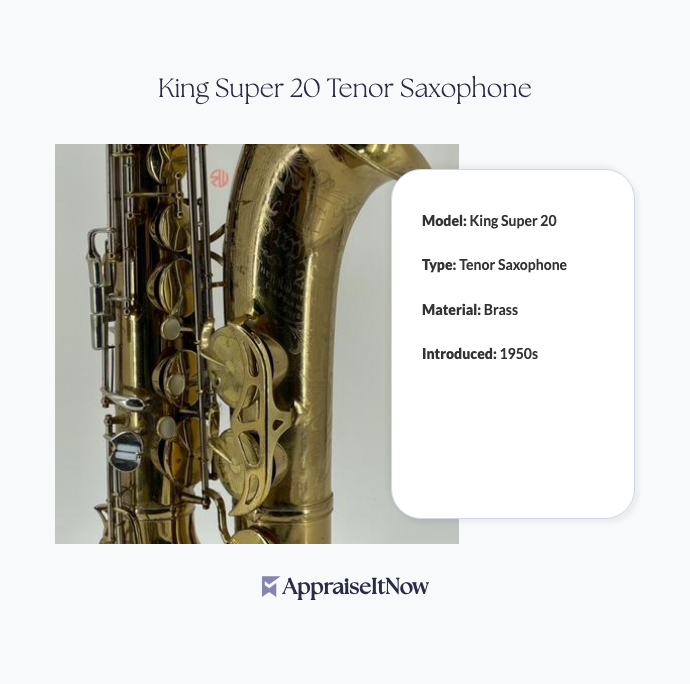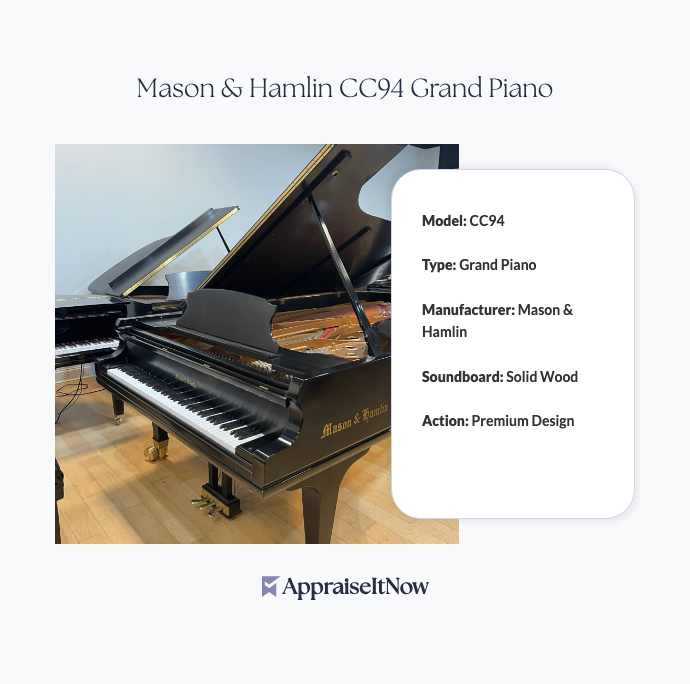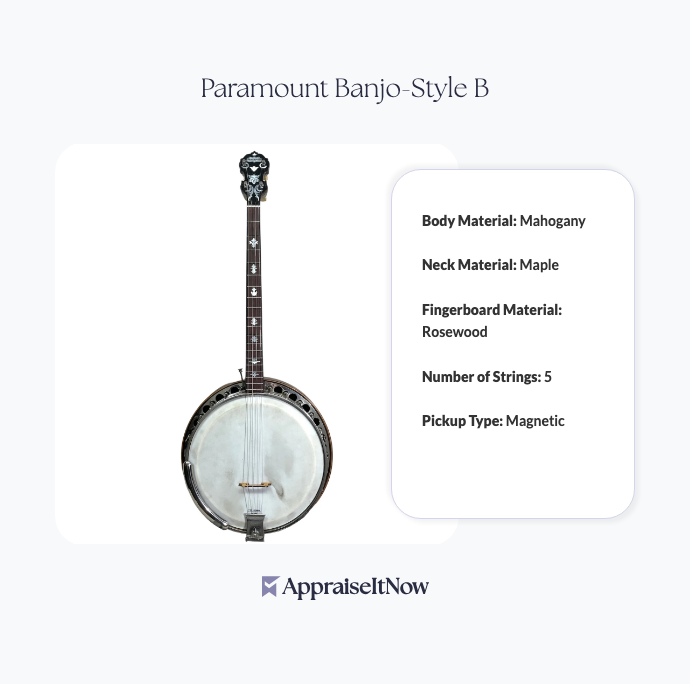<h1>How to Get Your King Super 20 Tenor Saxophone Appraised</h1>
<p>The King Super 20 Tenor Saxophone represents a pinnacle of vintage craftsmanship and tonal excellence, commanding valuations between <strong>$3,000 and $5,000</strong> in today's market. Whether you've inherited one of these iconic instruments, are considering a purchase, or need accurate valuation for insurance purposes, understanding what makes this saxophone valuable and how to properly appraise it ensures you make informed decisions about this significant musical investment.</p>
<h2>What Makes the King Super 20 Valuable</h2>
<p>The King Super 20 emerged in the 1950s as a landmark achievement in saxophone engineering, establishing itself as a favorite among jazz professionals and serious musicians worldwide. Your King Super 20 belongs to a category of instruments that have actually appreciated over time, answering the question many collectors ask: <em>Do saxophones increase in value?</em> The answer is yes—particularly for quality vintage models with robust construction and verified provenance.</p>
<p>The saxophone's value stems from its precision-engineered keywork and resonant brass construction. Unlike mass-produced contemporary instruments, the King Super 20 features a large, robust body design that produces a rich, powerful sound ideally suited for jazz, classical, and contemporary music. This distinctive vintage aesthetic combined with unparalleled playability has made it highly sought after by professional musicians and avid collectors alike, particularly as newer instruments often prioritize affordability over tonal depth.</p>
<div class="callout tip"><p><strong>Collector's Insight</strong></p>
<p>King saxophones are consistently rated among the best instruments ever made, with the Super 20 model commanding some of the highest prices in the vintage saxophone market.</p></div>
<h2>Key Specifications That Drive King Super 20 Value</h2>
<p>When evaluating what tenor sax you own and determining its worth, several technical and historical factors directly impact your appraisal. The King Super 20 earned its reputation through specific design choices that distinguish it from competing brands. <em>What are the signs of a quality saxophone?</em> Professional appraisers look for characteristics present in your Super 20: precision keywork with minimal play, resonant brass that hasn't been excessively refinished, and mechanical function that demonstrates careful maintenance rather than restoration.</p>
<p>The instrument's large body design represents a deliberate engineering choice that affects both playability and market appeal. This creates a distinctive tone that experienced musicians recognize immediately. Serious collectors often point to the King Super 20 as the benchmark for what a tenor saxophone should be, influencing overall market valuations for the model. When asking <em>who makes King saxophones?</em>, understanding that the company was acquired by Conn-Selmer in the late 20th century adds historical context to vintage examples—older King instruments often command premiums precisely because of the company's evolved manufacturing approaches over time.</p>
<h2>Condition and Originality: Core Appraisal Factors</h2>
<p>Your King Super 20's condition dramatically affects its valuation within the $3,000-$5,000 range. Professional appraisers evaluate several condition markers that directly impact worth.</p>
<p><strong>Original finish and lacquer integrity</strong> significantly influence value. Saxophones with original lacquer that shows appropriate patina command premiums over refinished examples—sometimes 15-25% higher—among serious collectors who value authenticity. The instrument's keywork should operate smoothly without excessive play or mechanical issues. Pads should be in functional condition, though professional repadding is often expected when acquiring vintage instruments.</p>
<p><strong>Matching parts and serial numbers</strong> matter considerably. <em>Can you tell age by serial number?</em> Yes—King saxophones use serial numbering systems that help authenticate production dates and verify authenticity. Professional appraisers cross-reference these numbers against King's production records to confirm your instrument's era and manufacturing specifications. All original components—mouthpiece, reeds, ligature, and case—enhance value substantially. Some King Super 20s from the 1950s come with original cases that alone can add $200-$400 to overall valuation.</p>
<div class="callout note"><p><strong>Appraisal Standard</strong></p>
<p>Professional appraisers inspect mouthpieces, necks, and key corks for original equipment, as replacements indicate either use-related wear or earlier restoration.</p></div>
<h2>Understanding Saxophone Age and Vintage Status</h2>
<p><em>What is considered a vintage saxophone?</em> Industry consensus generally defines vintage instruments as those manufactured 20-40 years ago, though some collectors extend this to include anything pre-1980. Your King Super 20 from the 1950s clearly qualifies as vintage—<em>is 20 years considered vintage?</em> While technically at the threshold, instruments must also demonstrate specific qualities: original manufacturing techniques, superior materials, and tonal characteristics that distinguish them from modern production. The King Super 20 meets all these criteria, making age a strong value driver rather than a liability.</p>
<p><em>How can I tell how old my saxophone is?</em> Beyond serial number verification, examining construction details, pad materials, and cork aging provides clues. Original King Super 20s display specific manufacturing characteristics—hand-finished tone holes, specific bridge configurations, and particular keywork geometry—that expert appraisers recognize. The company's production practices changed significantly across decades, so understanding your instrument's specific manufacturing period helps establish accurate valuation.</p>
<h2>Market Demand and Collector Interest</h2>
<p>The King Super 20's market position reflects both historical significance and practical musical value. Professional jazz musicians still seek these instruments for serious performance, creating consistent demand beyond pure collectibility. This dual market—musicians and collectors—provides stability to King Super 20 valuations compared to more esoteric saxophone models.</p>
<p><em>What tenor sax did John Coltrane play?</em> While Coltrane famously used a Selmer Mark VI, the broader jazz community embraced King saxophones, including the Super 20, for their tonal qualities and reliability. This cultural positioning within jazz history adds prestige to your instrument. When appraising <a href="/types/memorabilia-and-collectibles">memorabilia and collectibles</a> like vintage instruments, this type of historical association strengthens valuation.</p>
<p>Regional variation affects King Super 20 values. Jazz hotbeds like New York, New Orleans, and Los Angeles typically see stronger demand and higher prices. Conversely, rural areas might support lower valuations simply due to reduced collector density. International demand, particularly from European jazz communities, can influence pricing in ways that a local-only appraisal might not capture.</p>
<div class="callout tip"><p><strong>Market Consideration</strong></p>
<p>King Super 20s with documented ownership history—particularly if owned by known musicians—often command 20-30% premiums over anonymous examples.</p></div>
<h2>Documentation and Provenance</h2>
<p>Building a strong documentation file enhances both your King Super 20's value and facilitates the appraisal process. Professional appraisers value comprehensive records that establish authenticity and ownership history. Include photographs showing the serial number, overall condition, keywork detail, and case provenance. Any repair documentation, service records, or previous appraisals strengthen your instrument's file.</p>
<p><em>How much can you sell a used saxophone for?</em> The answer depends heavily on documentation. Saxophones with verifiable histories—previous ownership by musicians, professional maintenance records, or previous appraisals—sell at premiums compared to instruments with unknown backgrounds. Your King Super 20 benefits significantly from any context you can provide about its previous owners or performance history.</p>
<p>Professional appraisals for instruments are particularly important when <a href="/blog/personal-property-appraisals-for-charitable-donations-maximizing-tax-benefits-through-accurate-valuations">planning personal property donations</a> or establishing insurance coverage. A certified appraiser provides documentation that satisfies tax authorities, insurance companies, and estate planners—ensuring your King Super 20's value is properly recognized regardless of its future use.</p>
<h2>Repair History and Professional Maintenance</h2>
<p>An instrument's maintenance history significantly impacts appraisal value. King Super 20s that have received professional care and appropriate repadding over the years often command higher prices than neglected examples requiring immediate attention. Professional appraisers distinguish between quality restoration and invasive modifications. A skilled technician's repadding maintains value, while amateur alterations typically reduce worth.</p>
<p><em>Are 2.5 reeds better than 3?</em> While reed selection affects playability rather than appraisal value directly, it demonstrates the ongoing maintenance considerations that serious saxophone players—and appraisers—understand. Your King Super 20's responsiveness to various reed strengths indicates overall mechanical health, information appraisers include in comprehensive valuations.</p>
<h2>Why Professional Appraisal Matters</h2>
<p>Getting your King Super 20 professionally appraised provides several critical benefits beyond simply knowing its market value. A certified appraisal creates documentation suitable for insurance coverage, estate planning, charitable donations, or sales transactions. Insurance companies require professional valuations exceeding specific thresholds, and accurate appraisals protect you against underinsurance.</p>
<p>Explore our detailed guide on <a href="/blog/appraising-musical-instruments-determining-the-worth-of-melodic-investments">appraising musical instruments</a> to understand the comprehensive process professional appraisers follow. The appraisal typically includes high-resolution photography, detailed condition assessment, serial number verification, comparable sales analysis, and a written report documenting methodology and conclusions—all presented in a format acceptable to financial institutions, insurance companies, and courts.</p>
<p>The <a href="/blog/a-guide-to-professional-personal-property-appraisals">professional personal property appraisal process</a> applied to your King Super 20 follows USPAP standards, ensuring consistency, objectivity, and professional credibility. Whether you're working with AppraiseItNow or another certified appraiser, expect thorough documentation that establishes your instrument's worth based on verifiable market data and professional expertise.</p>
<div class="callout note"><p><strong>Key Takeaway</strong></p>
<p>Your King Super 20 Tenor Saxophone represents a significant musical and financial asset worth $3,000-$5,000 in good condition. Professional appraisal provides accurate valuation, proper documentation, and the confidence that your vintage instrument is properly valued for insurance, sale, estate planning, or investment purposes.</p></div>







.avif)







